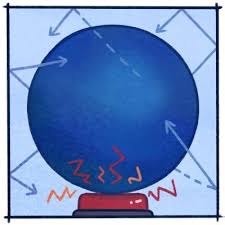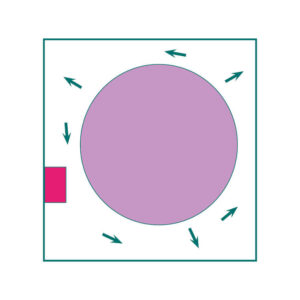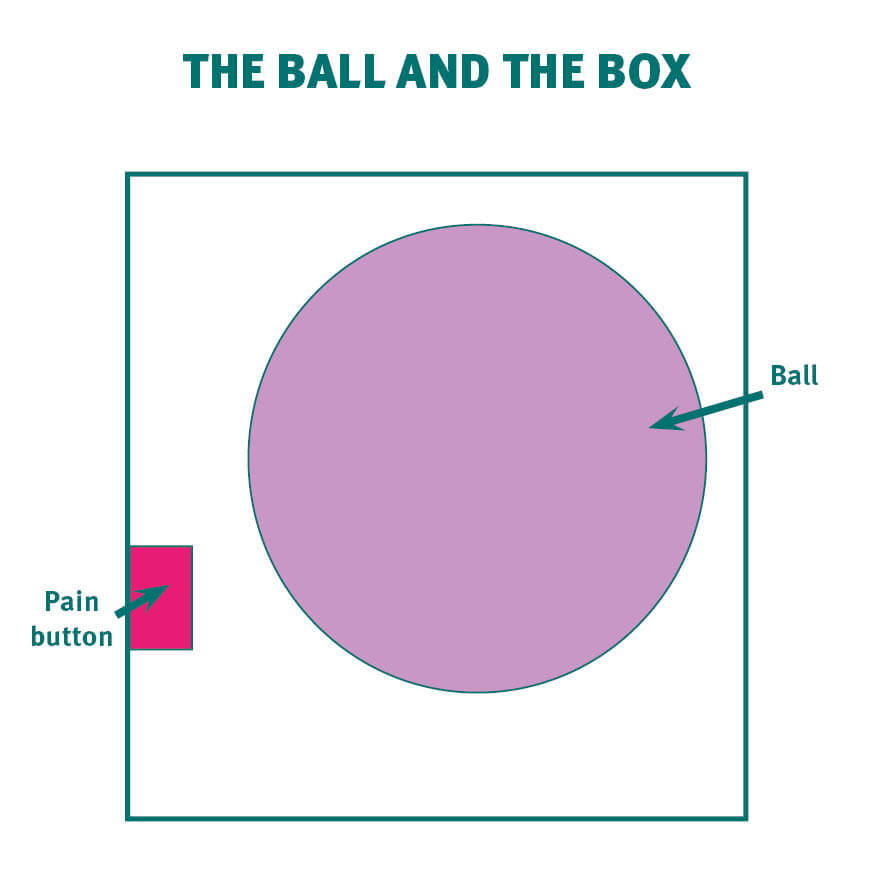Grief is a difficult process to go through and can be overwhelming. Coping with grief using the ball and the box analogy help people cope with the loss of their loved one. Grief counselors and psychotherapists often use this analogy as a way to understand how it feels like for someone coping with grief.
Contents
How Does Grief Feel Like?

Grief can feel like a roller coaster of emotions. One day you may be feeling fine and the next you may be feeling overwhelmed with sadness. It is imperative to allow yourself to feel all of the different emotions that come up during the grieving process. Also, it is important to understand that these feelings are normal and to permit yourself to experience them.
The Stages of Coping with Grief
Let’s look at the stages of grief as developed by Kubler-Ross: Denial, Anger, Bargaining, Depression, and Acceptance.
When someone experiences this type of loss for the first time it is natural to go through all of these stages.
- Denial: “This can’t be happening.”
- Anger: “Why did this happen to me?”
- Bargaining: “I’ll do anything if you just come back.”
- Depression: “I’m not going to make it without you.”
- Acceptance: “I’m ready to move on.”
It is important to note that not everyone goes through all of these stages or experiences them in this order. Many people may cycle through these feelings multiple times as they continue to process their grief.
NOTE: Coping with grief is a difficult process, but with time and patience, it can be done. The ball and box analogy can be a helpful tool in understanding and coping with grief.
The Ball and Box Analogy in Grief
This analogy was developed by Elizabeth Kubler-Ross, a psychiatrist who worked with terminally ill patients.
What Do The Ball And Box Represent In The Ball And Box Analogy?

The ball represents the person’s life while the box is symbolic of death. When someone experiences loss, whether it’s the death of a loved one or an ending relationship, they “throw” their emotional needs and expectations into this box.
So, when someone dies, their loved ones are left behind to cope with their death. This can be a difficult process and can feel like the world has been turned upside down. Here, the ball and box analogy can help people who are grieving think about things differently, offering a new perspective on coping with loss.
How Does The Ball And Box Analogy Work In Coping With Grief?

When people experience loss and grief, it can feel like you’ve been hit by a truck—that your life has come to a halt. The ball analogy works similarly: When we lose someone we love dearly who was a big part of our lives, we feel like the ball has stopped moving.
However, it’s important to remember that just as time passes and eventually brings us new experiences into our lives that are filled with joy again, the box will also be opened when these needs or expectations come back around—just in a different way.
This is how the ball and box analogy can help people understand that these are all normal feelings to experience. So, it is okay to feel angry, sad, or depressed after a loss.
What is not okay is for these feelings to linger for an extended period. If you find yourself feeling stuck in any of these stages, it might be time to seek out professional help.
Psychotherapists On The Ball And Box Analogy In Grief

There is no one right way to cope with grief, as everyone experiences it differently. However, the ball and box analogy can be a helpful tool for understanding and coping with grief.
The ball represents the person who has died, while the box represents the world that they left behind. The goal is to allow the ball to move freely and to not keep the box too tightly shut.
The ball and box analogy can help understand that the grief process is not a linear one. There will be times when you feel like the ball is stuck and you can’t move forward. This is normal, and it is okay to reach out for help during these times.
Therefore, it is important to allow yourself to feel all of the emotions that come up after a loss. This can be difficult, as it often feels like there is something wrong with us for feeling sad or angry after a death. However, these are normal reactions to grief.
NOTE: The box will always be with us, but as time goes on, it becomes smaller and smaller. The ball will eventually move on, but it will always remember the box.
Conclusion
The ball and box analogy is a helpful tool for people who are coping with grief. It can offer a new perspective on the grieving process and can help people understand that all of their feelings are normal and okay. If you find yourself struggling after a loss, don’t hesitate to reach out for help. There is no wrong way to grieve, but there are ways to cope that can make the process a little bit easier.
For more information, please contact MantraCare. Grief is a natural and complex emotional response to loss or change. If you have any queries regarding Online Grief Counseling experienced therapists at MantraCare can help: Book a trial therapy session


